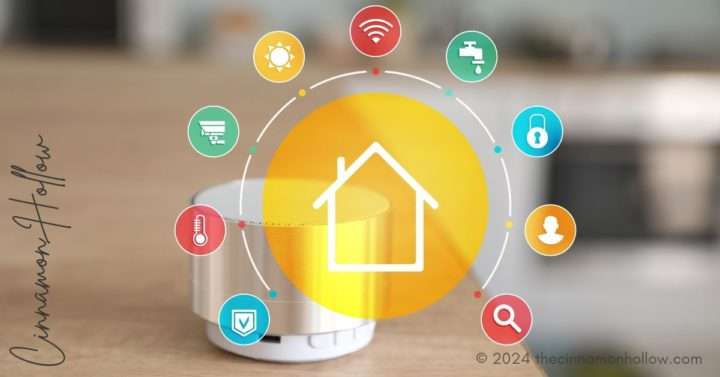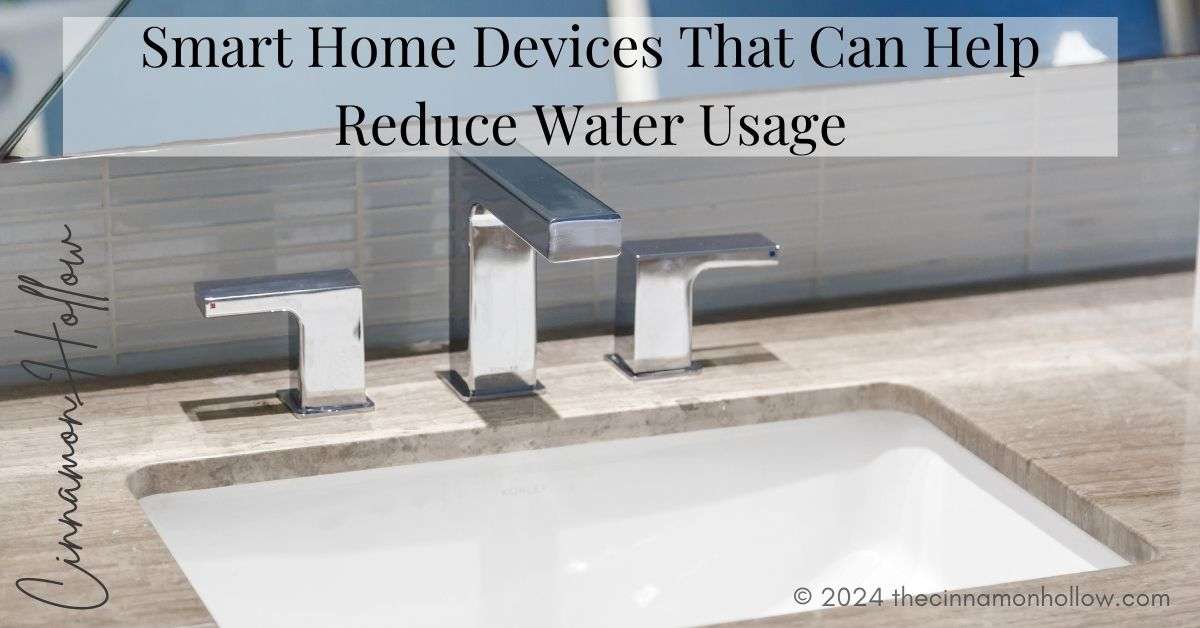Introduction To Smart Home Water Conservation
With increasing concerns about water scarcity and environmental conservation, many homeowners are turning to technology to manage their water usage more efficiently. Smart home devices offer an innovative solution to help reduce water consumption, leading to lower utility bills and a more sustainable lifestyle. These advancements in technology can provide valuable insights on how to save water, making your home more eco-friendly and cost-effective. Integrating smart technology helps conserve water and adds a layer of convenience, which is crucial for the modern homeowner concerned with sustainability.
Smart Irrigation Systems
Traditional irrigation systems can be wasteful, often watering lawns regardless of the weather conditions. Smart irrigation systems, however, adjust watering schedules based on real-time weather data and soil moisture levels. These intelligent systems are connected to weather stations and use algorithms to determine the optimal watering schedule. According to the EPA, these systems can save homeowners significant amounts of water yearly. A study by the EPA found that homes with smart irrigation systems used up to 30% less water for landscaping than those with conventional systems. This conserves water and reduces the cost associated with water bills.
Smart Leak Detectors
Water leaks can cause extensive damage and waste substantial water if not detected promptly. Smart leak detectors monitor water flow and alert homeowners to irregularities, preventing water waste. These devices can be strategically placed near appliances, water heaters, and other plumbing fixtures to notify immediately of leaks. Such devices can be particularly useful in vacation homes or during extended periods of absence when leaks might go unnoticed. Beyond just detection, advanced leak detectors can even shut off the water supply to prevent further damage. According to industry data, timely detection and repair of leaks can save homeowners an average of 10% on their water bills.
Water-Efficient Showerheads
Key Benefits
- Reduces water flow without sacrificing pressure.
- Easily replaced and installed.
- Can monitor water usage to help create more efficient bathing habits.
Water-efficient showerheads are a simple yet highly effective way to reduce water usage in the home. These devices are designed to maintain water pressure while using less water. Advanced models come with features allowing users to monitor their water consumption, encouraging shorter showers and more mindful water use. Many water-efficient showerheads also offer a range of spray settings, so comfort isn’t compromised. Studies show that replacing a standard showerhead with a water-efficient version can save the average family up to 2,900 gallons of water per year.
Smart Faucets
Smart faucets use sensors to control water flow, shutting off automatically when not in use. This not only conserves water but also helps maintain hygiene standards. Some advanced models can even provide data on water consumption patterns, helping users to identify areas where they can cut back on use. These faucets can be particularly useful in kitchens and bathrooms, where frequent handwashing and cleaning occur. Smart faucets can eliminate the problem of kids leaving the tap running, thus saving significant amounts of water for families with children. Moreover, smart faucets can integrate with home automation systems, allowing for remote control and customization through smartphone apps.
Greywater Recycling Systems
Greywater systems recycle wastewater from baths, sinks, and washing machines for toilet flushing and irrigation. Studies show that greywater recycling systems can reduce a household’s water consumption by up to 40%. These systems treat greywater to remove contaminants, making it safe for non-potable uses. By reusing water within the home, greywater systems reduce the demand for freshwater from municipal supplies. Installing these systems can be a substantial initial investment, but the long-term savings on water bills and the positive environmental impact make them worthwhile. Greywater recycling is particularly beneficial in regions facing chronic water shortages.
Water-Saving Toilets
Modern smart toilets use significantly less water per flush compared to older models. Dual-flush systems allow users to use a smaller amount of water for liquid waste, contributing to overall water conservation efforts. According to Waterwise, adopting such toilets has led to a notable reduction in domestic water usage. A study revealed that homes with dual-flush toilets use approximately 20% less water than traditional toilets. Additionally, smart toilets often come with self-cleaning features, reducing the water required for cleaning and maintenance.

Monitoring And Maintaining Smart Devices
While these smart devices offer a convenient way to save water, regular maintenance and monitoring are essential to ensure they function correctly. Software updates, battery checks, and periodic inspections will help keep these devices efficient. Homeowners should follow manufacturer guidelines for maintenance to ensure optimal performance. Additionally, integrating these devices with smart home hubs or apps can provide real-time data and alerts, helping identify potential issues early. Regular maintenance extends the lifespan of these devices and ensures continuous water savings.
Conclusion
Incorporating smart home devices into your water management strategy can yield significant financial and environmental benefits. Homeowners can play a crucial role in water conservation by employing technologies like smart irrigation systems, leak detectors, and water-efficient fixtures. These devices help save water and offer the convenience and intelligence required to adapt to a more sustainable lifestyle. Whether you want to reduce your water bill or mitigate your environmental footprint, smart home technology offers practical solutions to achieve these goals.



[fluentform id="6"]